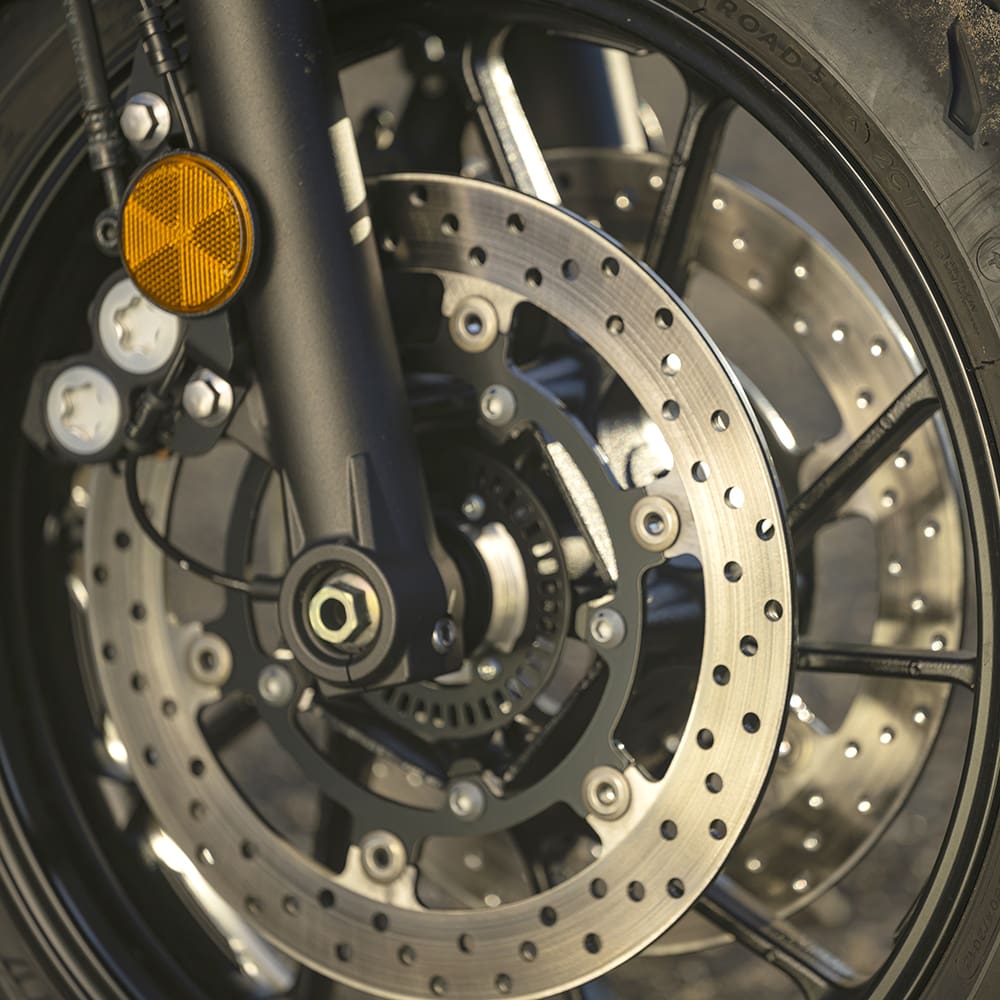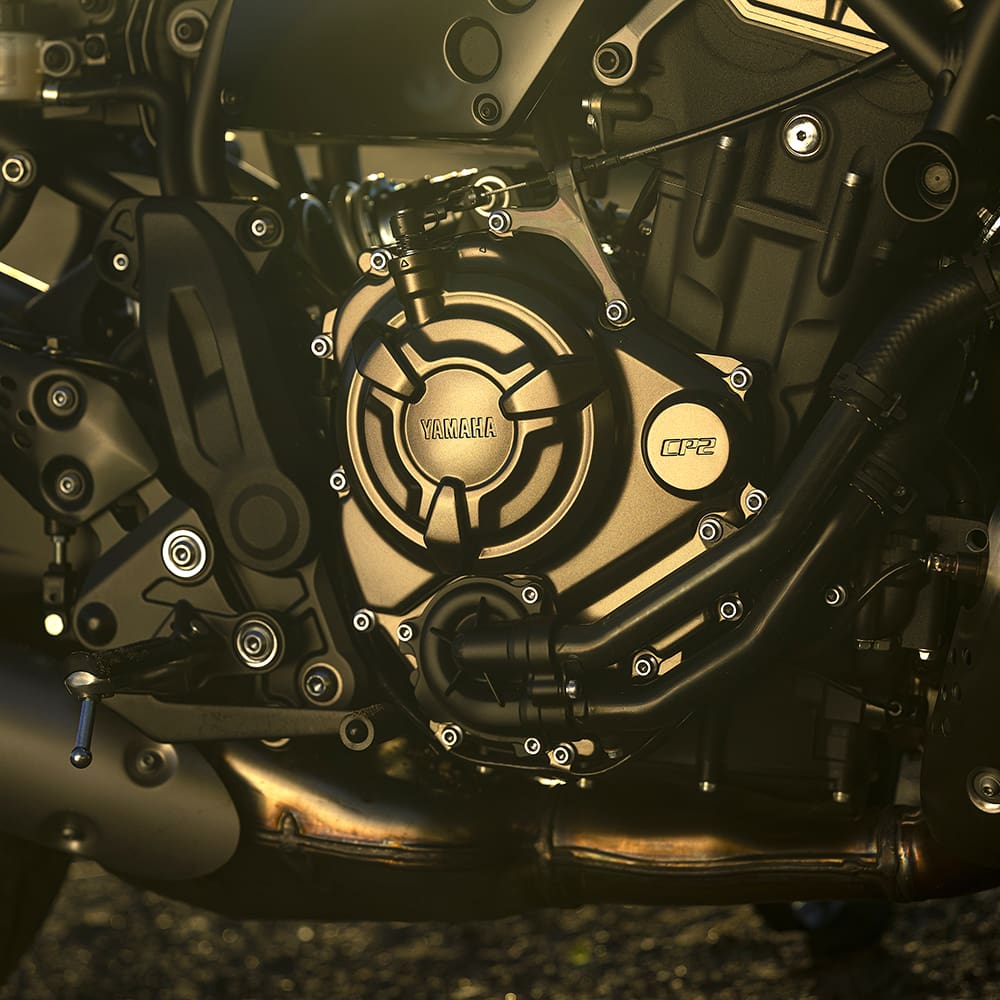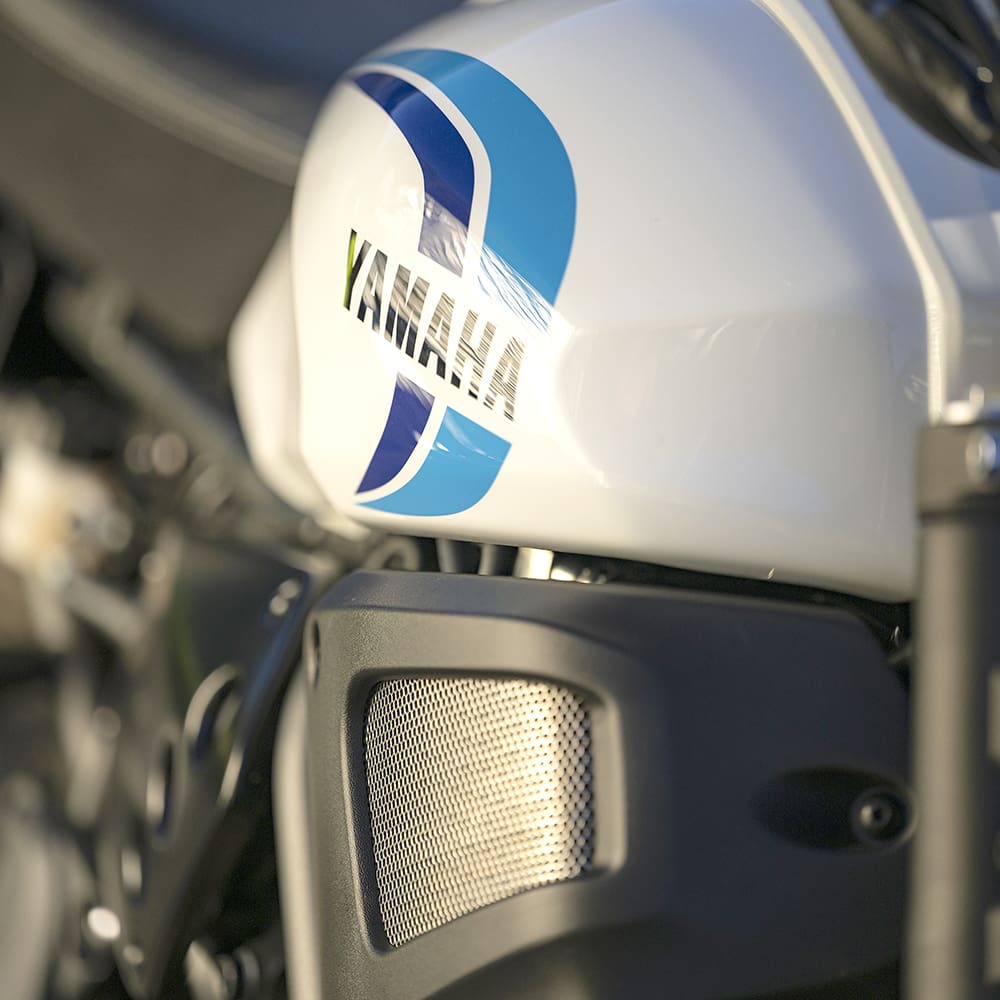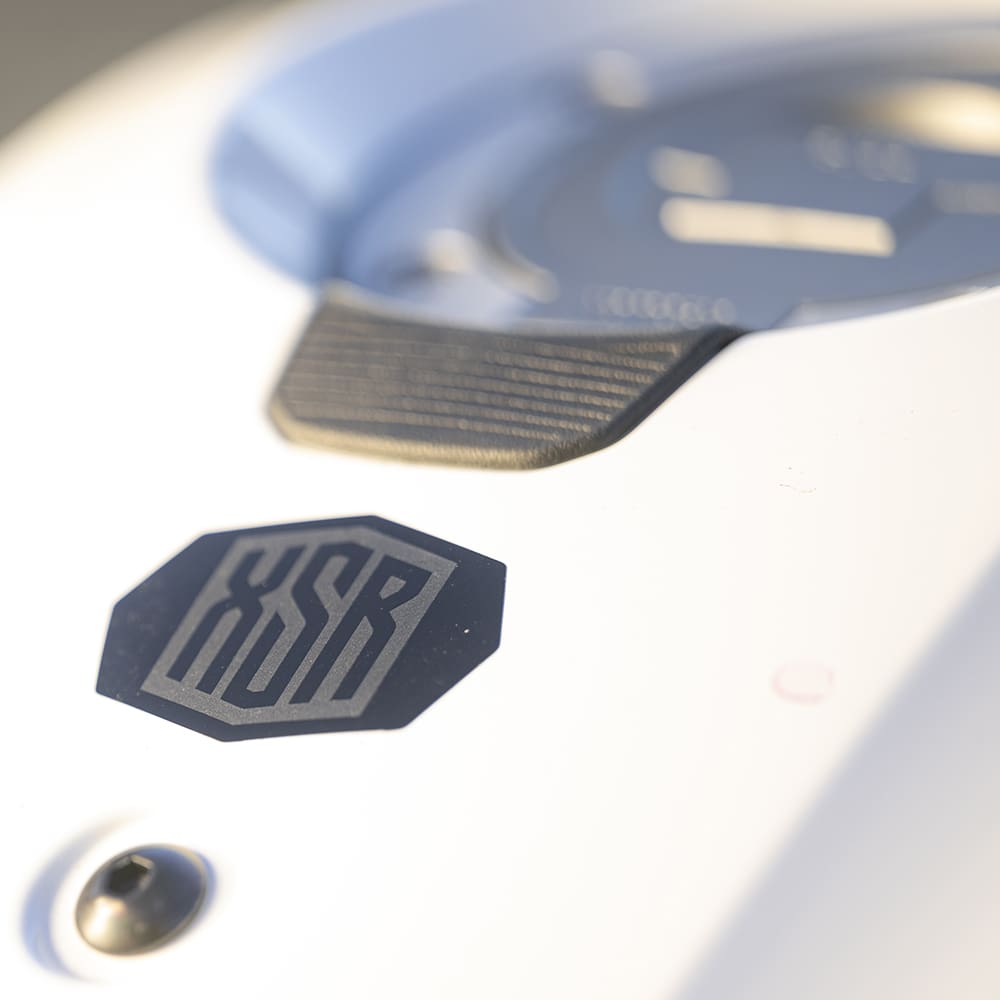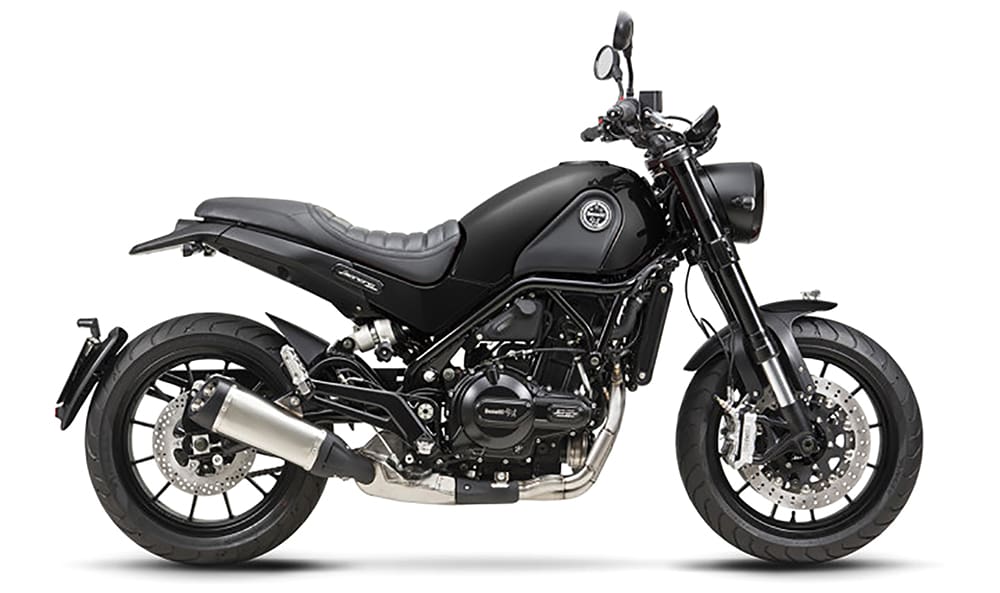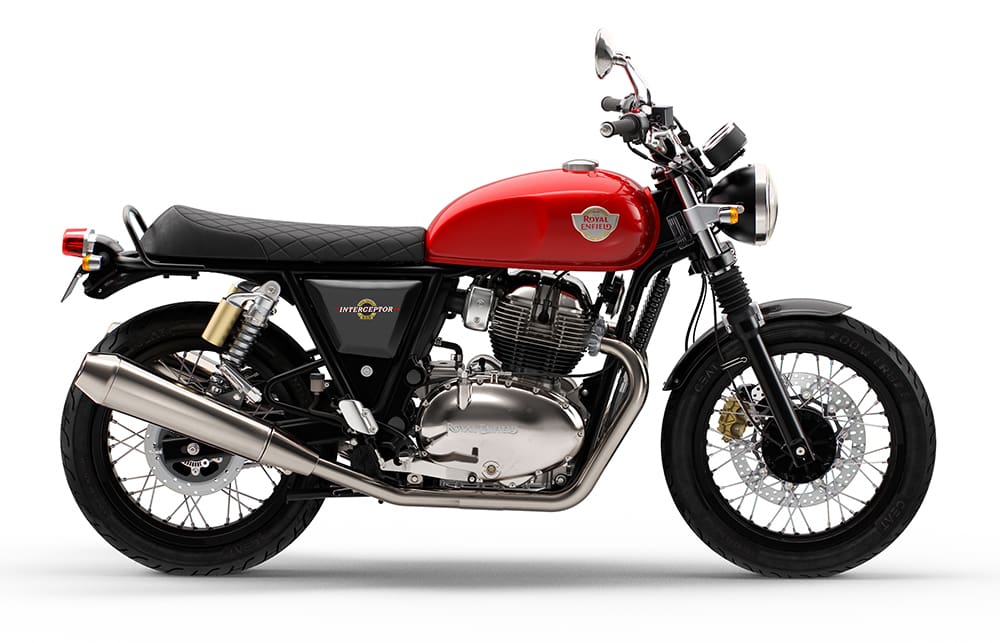It turns out Pete doesn’t love all bikes equally after all, highlighted by what Yamaha’s updated XSR700 isn’t trying to be.
Pete tells us what he really thinks of the 2022 Yamaha XSR700 LA.
I’m sorry to burst your bubble, but if you’re actually interested in riding your motorcycle in any meaningful way, then that cut-down Honda CX500 with its hand-stitched leather seat is not going to meet your motorcycling needs. And I don’t care how much you’ve paid for it, but neither is that stripped-back, pod-filtered Kawasaki Z550.
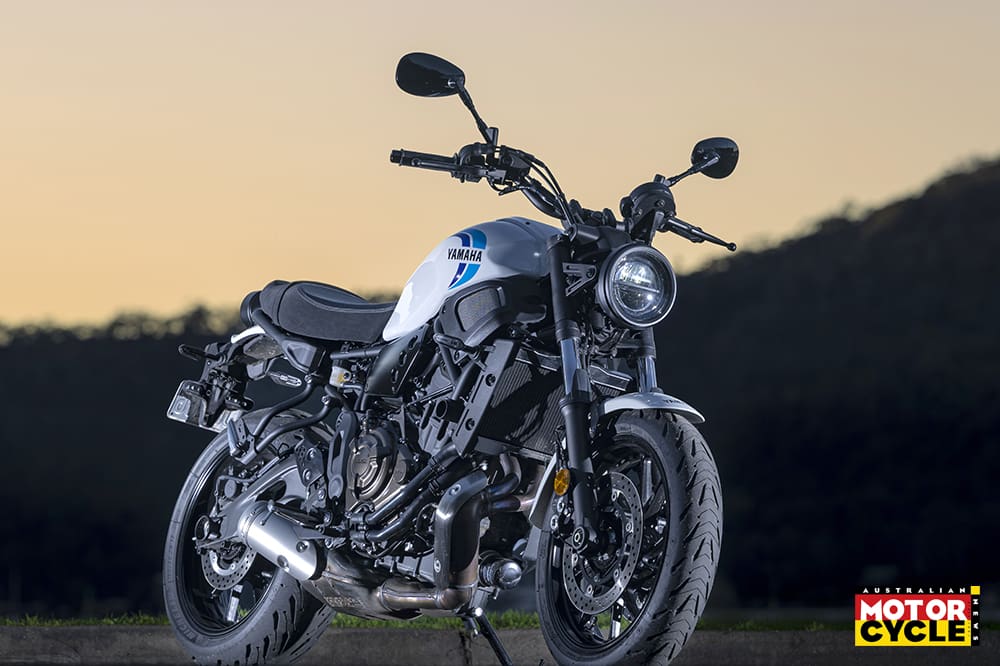
The manufacturers who originally built these machines spent months, maybe years, and many thousands of R&D dollars to ensure their bikes did things the right way, and decades before a so-called ‘bike builder’ in some reclaimed inner-city factory started chopping subframes, fitting dumb-looking tanks and generally striving, it seems, to create the ugliest motorcycle possible before slapping a hefty price tag on it and flogging it as a retro motorcycle.
I love the retro thing, but I also value a bike that can do it all, can do it in comfort and isn’t 30-years old when I’ve ridden it off the dealership floor. There’s just no need and especially if you’re a learner when the safety factor comes into play. Because there are perfectly capable, reliable and affordable retro-themed motorcycles available complete with warranty and after-sales service. And Yamaha’s learner-approved XSR700, which has received a handful of minor but important updates for 2022, is an excellent example.
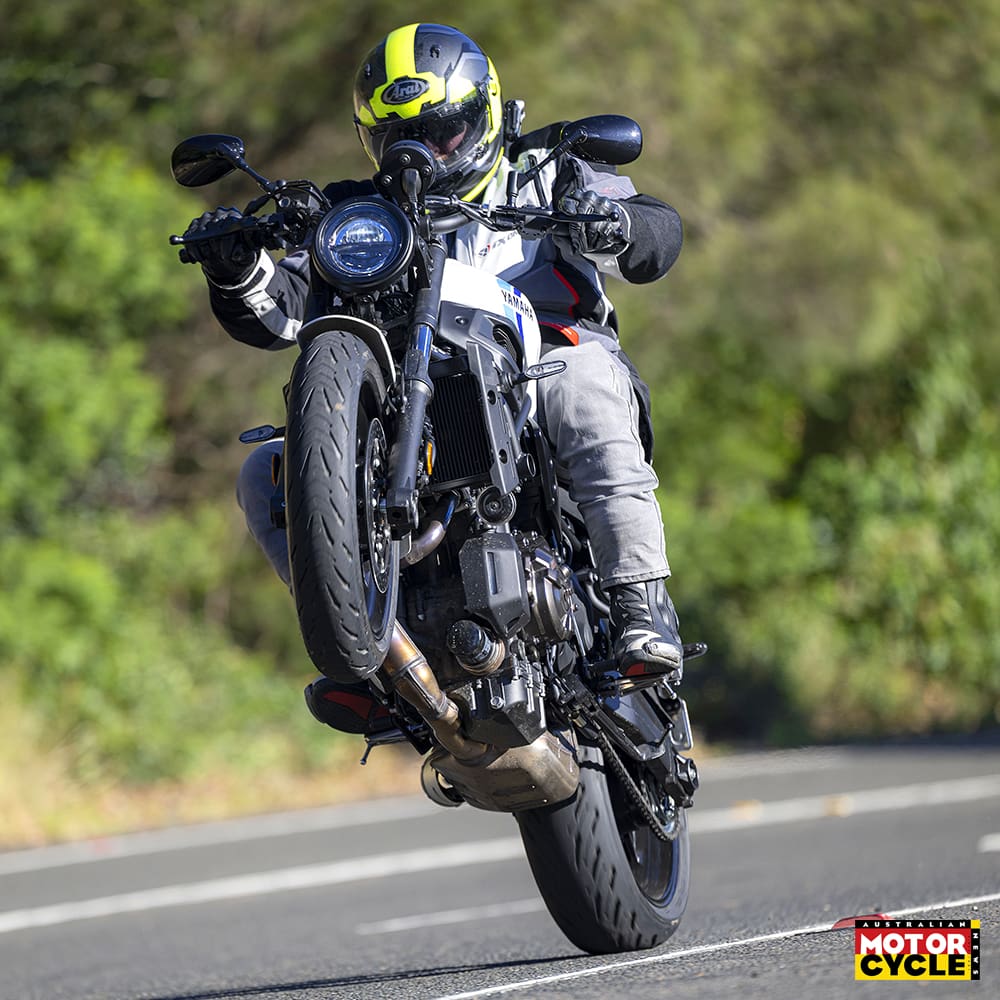
As well as a bit of a facelift, there’s revised fork internals, a new headlight and dash and Yamaha has thrown some bigger brake rotors at it, too. Apart from that, not a lot has changed since it landed here in 2016 but, after spending some quality time with the XSR, I can confidently say it doesn’t really need it, because with its intended purpose in mind I don’t know if I’d request any changes that wouldn’t affect its attractive sticker price.
The XSR700 is basically a MT-07LA – or Learner Approved – that’s been given a new op shop outfit. Mechanically, the two are almost identical, so after riding the MT-07 extensively at the launch of the new MT range in 2021, I was confident I’d enjoy the XSR.

The differences between the MT-07 and XSR700 add an extra two kilograms to the MT’s 184kg wet weight and the seat height grows 30mm, from 805mm to 835mm. What also grows is the price. The learner-approved XSR700 costs $950 more than the corresponding MT-07 at $13,699 ride away. For that you get aluminium side covers, a circular offset LCD instrument cluster, a round LED headlight lifted straight from the XSR900, a removable subframe and taller ’bars. I reckon the extra dollars are worth it just for the very cool looking RD350LC livery.
It’s powered by the same 655cc CP2 parallel-twin engine found in the MT-07LA and subsequently puts out identical power and torque figures. There’s a LAMS-friendly 38.3kW (51hp) of power at 8000rpm and a chunky 57.5Nm of torque at 4000rpm.
- Offset LCD tested Pete’s Feng Shui
- Conventional 298mm discs up front
Power is perfectly adequate for this style of bike, there’s enough to get you way ahead of the traffic off the lights, and also enough to get you both in and out off trouble. But it’s the torque factor that makes the XSR a whole barrel of fun and not only for those new to motorcycling. I realise that the majority of folk who purchase an XSR700 will be new licence holders and I don’t want to be seen to be corrupting new riders, but if you can’t pull a wheelie on an XSR you just haven’t acquired the skills yet.
As my partner keeps reminding me, I’m immature for my age so I spent a large percentage of my time with the XSR on the back wheel – on private roads of course. Apart from police-attracting antics, the low claimed 186kg (wet) weight and fat torque means you can grunt around town and not have to continuously fiddle with the gearbox. You’re in for a more relaxed ride and that torquey nature also make the XSR a fantastic urban commuter, while still having more than enough clout to head for a spirited ride to the next town or suburb’s cafe, or even for a weekend jaunt away.
- The rear brake is perfect for keeping the bike settled
- What a workhorse Yamaha’s 655cc parallel twin has become
The XSR features a similar steel-diamond frame as the MT with changes limited to additions that allow for the fitment of the retro clobber and the detachable subframe which, according to Yamaha, allows for easier customisation.
The 41mm non-adjustable fork is identical to the MT’s and received internal updates for 2022 while the link style rear monoshock and beefy aluminium swingarm remain unchanged.
For general riding duties, the front fork is spot on. It provides a smooth ride that soaks up the worst that Sydney’s rain-damaged roads could throw at it and it’s only when you start pushing hard and fast that you’ll find the limitations up front. There’s a lack of feel when pushing the front into a corner as well as a hint of understeer, but there’s a few things to consider; I’m fat, the XSR has high ’bars which take a bit of weight off the front, and a smart dollar spent on the front suspension could probably resolve this issue. As for the rear, I had no complaints whatsoever, which is nice, there’s too many bikes out there with rubbishy rear shocks.

The front brakes have received an upgrade for 2022 with the addition of new larger 298mm discs, up from 282mm. They’re now your run-of-the-mill circular discs rather than the petal-style rotors of the previous model. The rear remains unchanged except for the same change in disc style. The brakes are adequate for the speed and weight of the XSR, which is unsurprising because they are designed for the full-powered MT-07HO. There’s plenty of power, decent feel – although this could be improved further by junking the nasty rubber brake lines and fitted a set of steel braided numbers. The rear is perfect for settling the bike in corners and is your friend in roundabouts. It’s got all the bite you need without being grabby and plenty of feel, so become friends with it around town.
- It’s hard to go past the RD350LC-inspired livery
- The LED taillight takes prominence of place
Obviously, the cosmetic changes between the MT and the XSR are the most obvious. Let’s talk about the seat first. I have met many a retro-style bench seat that was more an article of torture than something to provide comfort. To Yamaha’s credit, it has created a bench seat that offers a minimalist look while providing decent comfort. In fact, it’s <i>very<i> comfortable, and in conjunction with the tall ’bars, the XSR is a supremely comfortable proposition that’s a large improvement over the MT. There are also some detail touches on the seat that give the XSR more of a premium feel such the XSR700 logo embossed at the rear, the contrasting stitch, and the dual fabric construction, it’s the stuff you just won’t find on your hipster custom. Not at this price, anyway.

There are other details that tickled my fancy, too, such as the integrated headlight brackets, blacked-out levers, the full LED lighting package and good-looking bronze engine side cases.
For 2022 the XSR receives a new instrument cluster that’s offset to the left to match the XSR900’s offset dash. It’s quirky and cool, sure, but having it left of centre offends my Feng Shui a little. And while the same information is beamed at you from the same place on the LCD screen, the readout os now white-on-black as opposed to the black-on-LCD-screen of the previous model.
- The XSR has universal tyre sizes, so there are options aplenty
There’s little need for more information though as the XSR is devoid of ride modes and rider aid adjustments, it’s a jump-on-and-ride affair – the XSR’s only claim to electronic fame is dual-channel ABS.
Back when I got my licence, if you wanted a retro bike, you needed either a welder, lots of cash for purchase and repairs, or both. That’s not the case anymore, and with bikes like the XSR700 available I just don’t understand why you risk your hard-earned on some molested bomb from the 70s or 80s that, let’s be frank, probably wasn’t a particularly good bike in the first place.

The XSR is going to do it better, it’ll handles well, it’s got a superb powerplant and it stops well – all the things that are important, it’ll do it reliably and you’ll get a decent warranty.
What was that? Not individual enough for you? Firstly, you don’t see a whole heap around but on top of that there’s a truckload of accessories available from Yamaha to personalise the XSR to your taste. And just because it’s a new bike, it doesn’t mean you can do some customising yourself.
I wish bikes like these where around when I first got my licence. Do yourself a favour and go and ride one of those half-baked death traps from a place more worried about t-shirt sales than creating great motorcycles and then head to a Yamaha dealer and an XSR700. And then if you still reckon that old, overpriced chopped-up shitter is still the way to go, I’ll eat my bug encrusted open-faced helmet liner with a side serving of its fork boot rubber. <es>
![]()
Retro rivals
Benelli Leoncino 500
Price: $8990 (ride away)
Power: 35kW @ 8500rpm
Torque: 45Nm @ 5000rpm
Weight: 170kg (claimed, dry) horse shit!
Seat height: 785mm

Husqvarna Vitpilen 401
Price: $7875 (ride away)
Power: 32kW @ 9000rpm
Torque: 37Nm @ 7000rpm
Weight: 151kg (dry, claimed)
Seat height: 835mm

Kawasaki Z650RS
Price: $11,759 plus (plus on-road costs)
Power: 37.8kW @ 8000rpm
Torque: 59Nm @ 6500rpm
Weight: 186 (Kkrb, claimed)
Seat height: 800mm
Royal Enfield Interceptor 650
Price: $10,990 (ride away)
Power: 35kW @ 7150rpm
Torque: 52.3Nm @ 5150rpm
Weight: 202kg (kerb, claimed)
Seat height: 804mm
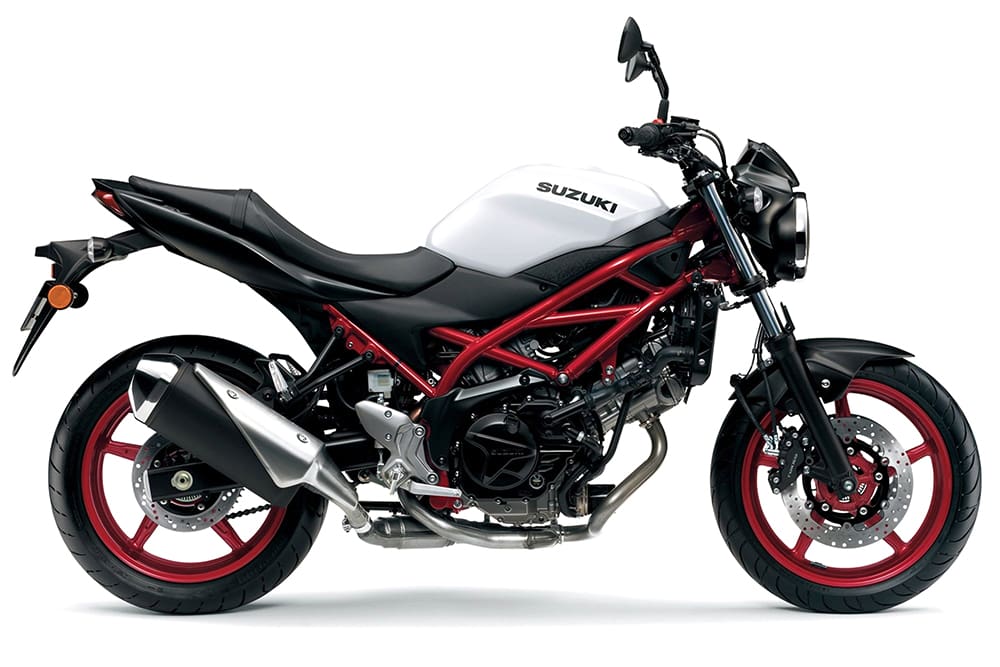
Suzuki SV650 LA
Price: $11,490 (ride away)
Power: 35kW @ 8500rpm
Torque: 56.5Nm @ 4000rpm
Weight: 198kg (wet, claimed)
Seat height: 785mm

Triumph Trident 660
Price: $13,690 (ride away)
Power: 39.8kW @ 8750rpm
Torque: 59Nm @ 5000rpm
Weight: 189kg (wet, claimed)
Seat height: 805mm
![]()
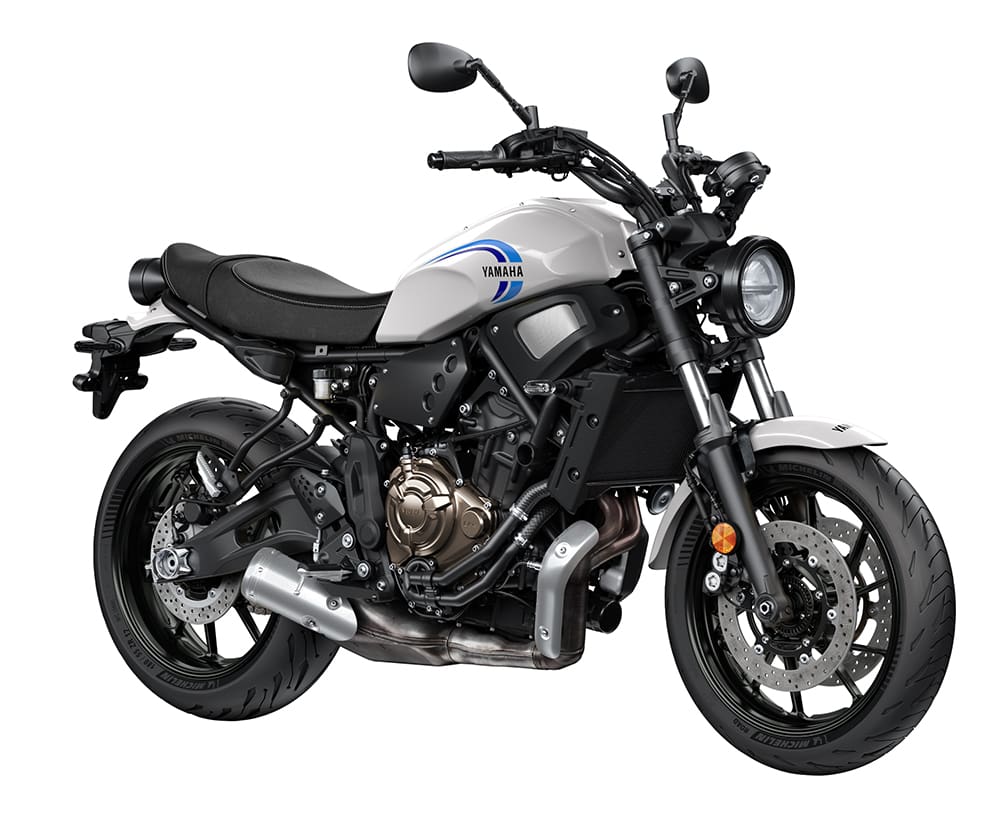
Specs
Engine
Capacity: 599cc
Type Type: Parallel-twin, DOHC, four valves per cylinder
Bore & stroke: 80 x 68.6mm
Compression ratio: 11.5:1
Cooling: Liquid
Fueling: EFI
Transmission: Six-speed
Clutch: Wet, multi-plate, slipper
Final drive: Chain
Performance
Power: 38.3 kW @ 8000 rpm (claimed)
Torque: 57.5 Nm @ 4000 rpm (claimed)
Top speed: 165km/h (est sort of)
Fuel consumption: 7.21L/100km (measured)
Electronics
Type: Not given
Rider aids: ABS
Rider modes: Not applicable
Chassis
Frame material: Aluminium
Frame type: Diamond
Rake: 24º
Trail: 90mm
Wheelbase: 1405mm
Suspension
Type: KYB
Front: 41mm USD fork, non-adjustable, 130mm travel
Rear: Monoshock, adjustable preload, 130mm travel
Wheels & brakes
Wheels: Cast aluminium
Front: 17 x 3.0 Rear: 17 x 5.5
Tyres: Bridgestone S22
Front: 120/70ZR17
Rear: 180/55ZR17
Brakes: Brembo, ABS
Front: Twin 298mm disc, four-piston radial caliper
Rear: Single 245mm disc, twin-piston caliper
Dimensions
Weight: 186kg (wet, claimed)
Seat height: 835mm
Width: 820mm
Height: 1130mm
Length: 2075mm
Ground clearance: 140mm
Fuel capacity: 14L
Servicing & warranty
Servicing: First: 1000km
Minor: 10,000km
Major: 20,000km
Warranty: Two years, unlimited km
Business end
Price: $13,699 ride away
Colour options: Vintage Black or Vintage White
Contact: yamaha-motor.com.au
TEST: PETE VORST PHOTOGRAPHY INCITE IMAGES

